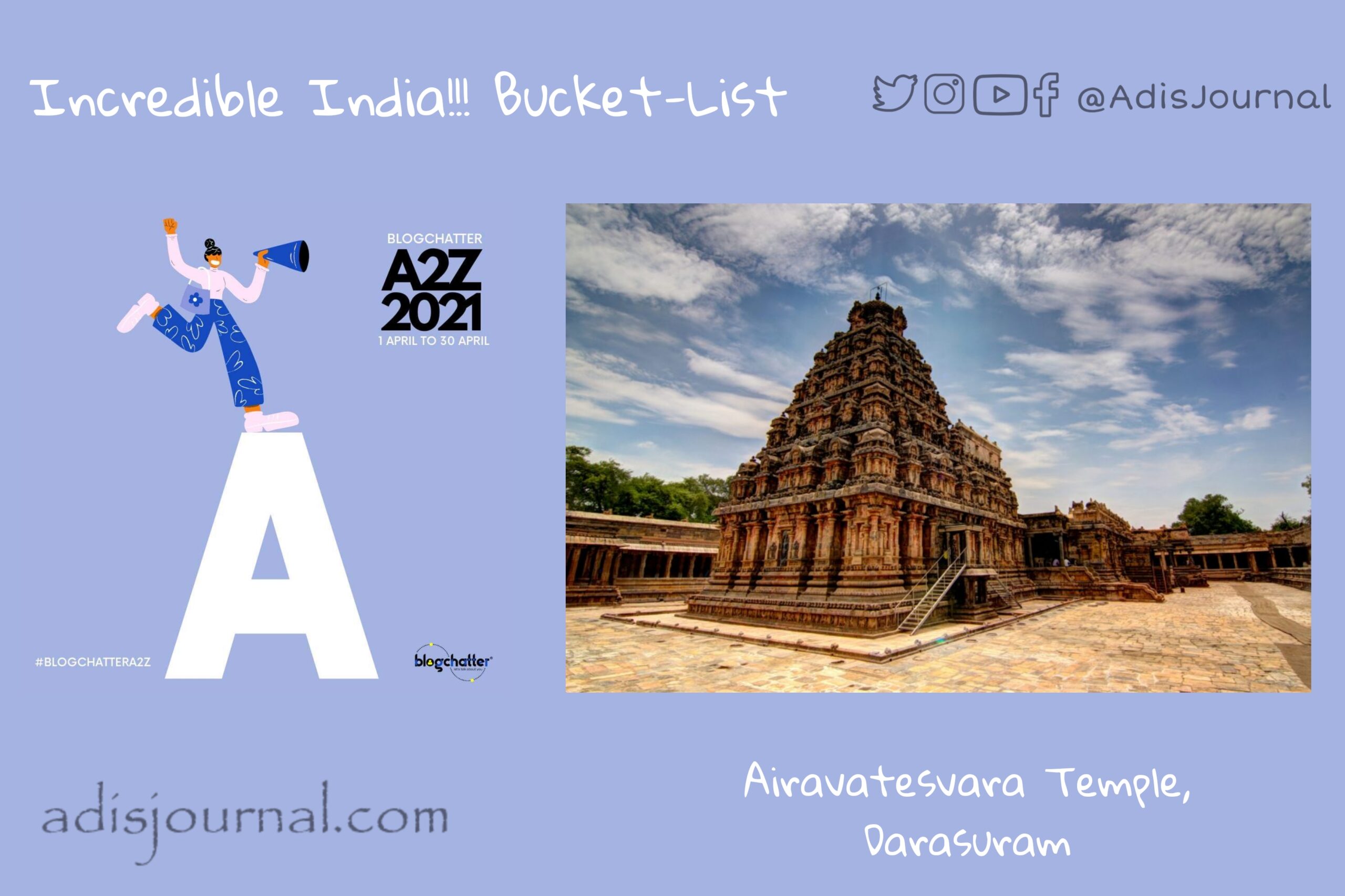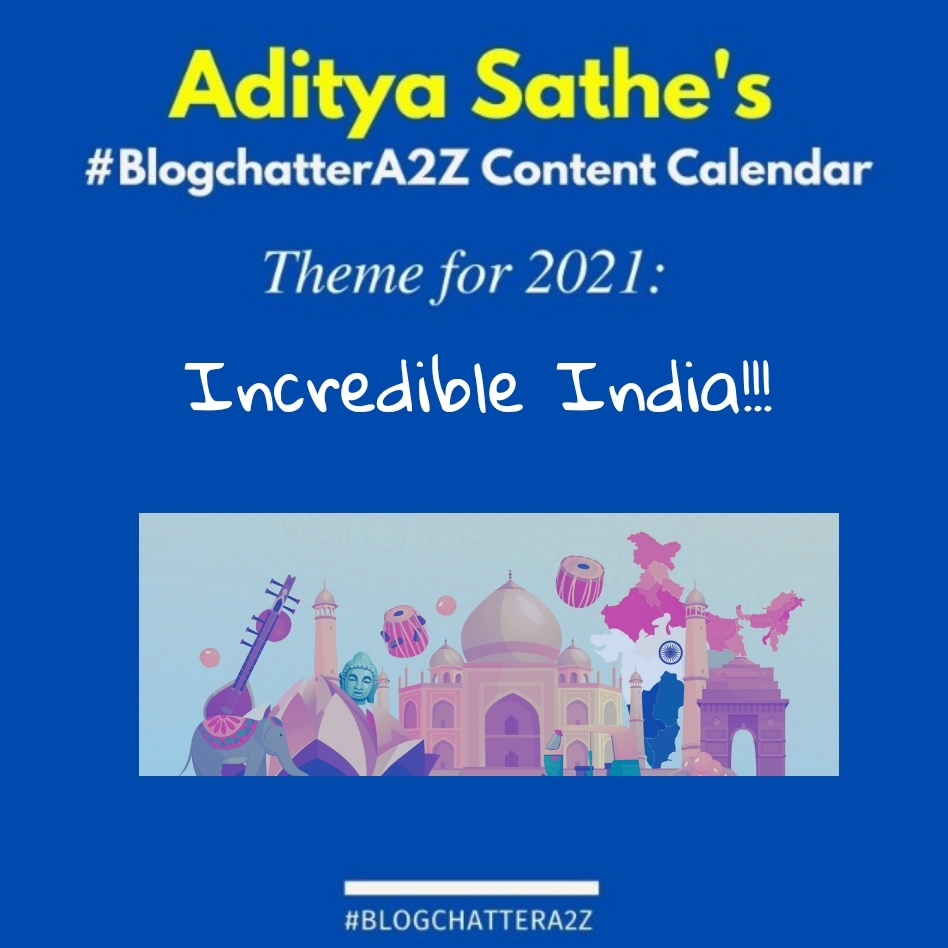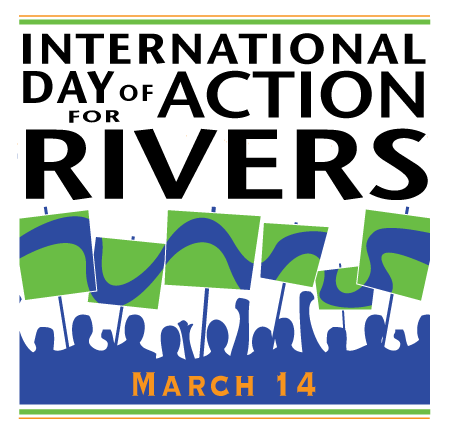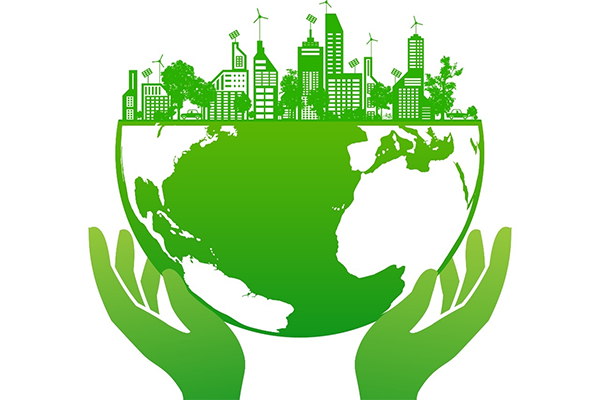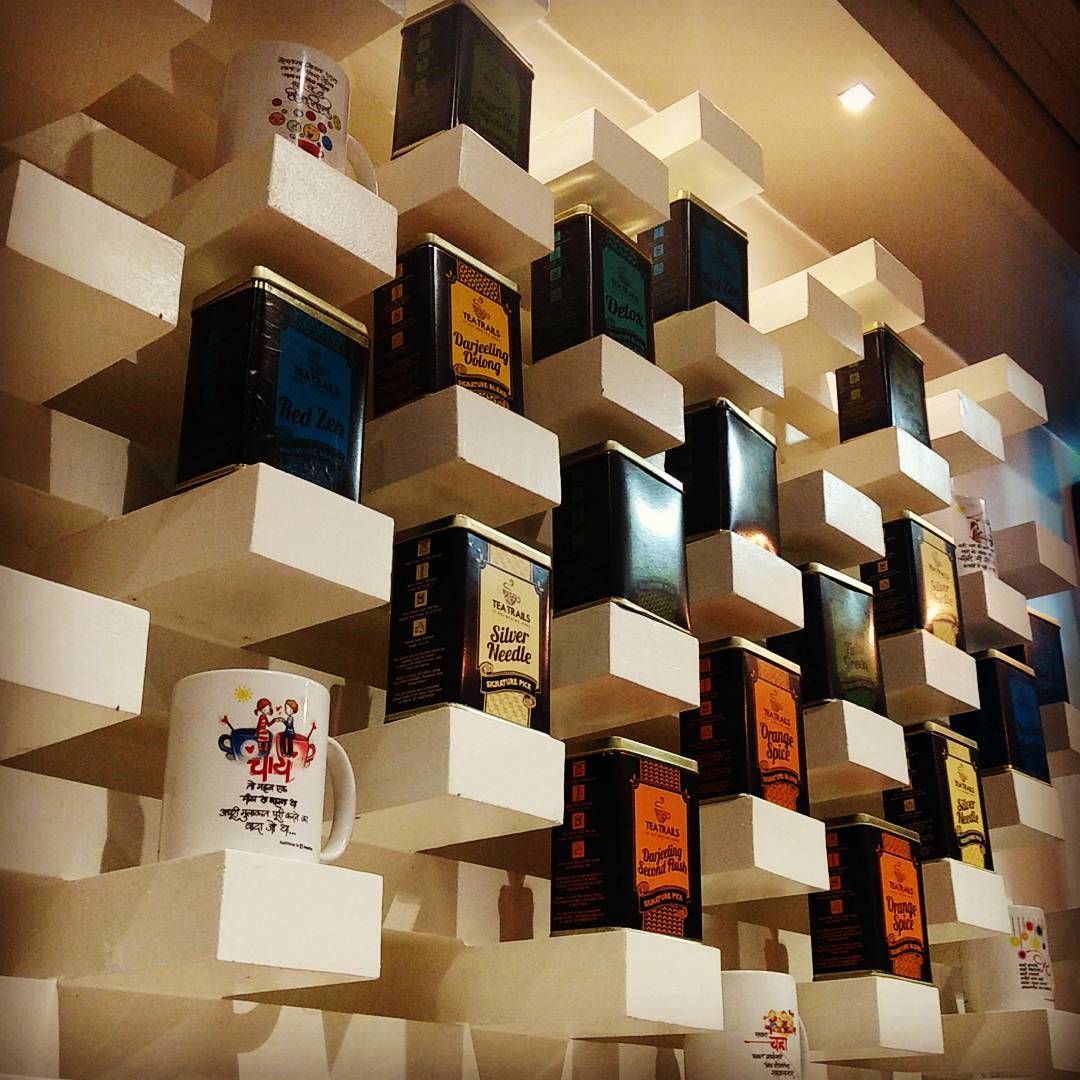
Today, on the 1st of April, we embark on a journey together. It’s a virtual journey to exciting enticing places in our own country, the Incredible India! I have a dream to travel the world. However, I am fortunate to be an Indian. There are so many fascinating places in this country. Every place is attractive because of a unique feature. So, for this year’s April A to Z, I am taking an opportunity to make a sort of bucket list. A list of places to visit in India as soon as we are done with this COVID thing. As it starts with A, the first entry is “Airavatesvara Temple”.
Airawateshwara temple is at Darasuram, in Thanjavur District of Karnataka. Built by Rajaraja Cholla II, this temple is one of the Great Living Chola Temples. Brihadeshwara Temple at Thanjaur, Gangaikondacholisvaram Temple at Gadngaikonda Cholapuram are the other two in the group. UNESCO has declared this group of Great Living Chola Temples as a world heritage site.
Story time:
Sage Durvasa has cursed Indra’s elephant Airavata to lose its color and beauty for disrespecting him. Upset with guilt and regret, Airavat prayed to Lord Shiva at this temple location. Lord asked him to take a dip in the temple tank. This dip in the temple tank magically restored the color of its skin. After this incident Shiva Lingam at Darasuram bears its present name – Airavatesvara.
Architecture:
Rajaraja Chola II built this current complex of Airavatesvara Temple in 12th century CE in a classic example of Dravidian architecture with all of its peculiarities. The whole theme or template follows the Karakkoil style of temples. In this style, the main temple complex is chariot fashioned. 24 m high ‘Vimana’, the towering structure over Garbha Griha, is the pinnacle of architecture of the temple complex. Whole complex is donned with carvings and sculptures of many Vedic and Puranic deities like Indra, Agni, Varuna, Vayu, Brahma, Surya, Vishnu, Saptamtrikas, Durga, Saraswati and many more.

Airavatesvara Temple, Darasuram, Photo by Supraja kannan, Copyrights CC BY-SA 4.0 
The chariot-shaped agra-mandapam, Photo by MADHURANTHAKAN JAGADEESAN, Copyrights CC BY-SA 4.0 
Another view of Airavatesvara Temple, Photo by Shriram Swaminathan, Copyrights CC BY-SA 3.0 
Chola Carving in Airavatesvara Temple, Darasuram Photo by Nithi Anand, Copyrights CC BY 2.0
Special attraction:
Additionally, there’s one more interesting thing about this temple. ‘Agra Mandapa’ (अग्र मंडप) has an ornate porch with steps going from east to west with intricately carved balustrades. When one walks on these steps, they produce musical notes. This is the reason for them to be called ‘Singing Steps’. Isn’t it interesting? I have heard about musical pillars in many temples. These singing steps are very fascinating. I am eager to listen to their music.
So, this is our first stop in this journey. Hope you also find this enticing and plan to visit this architectural marvel soon. Tomorrow, we’ll go to a new place… Till then, sayonara.
I am participating in A2Z challenge with Blogchatter and this is my take on day 1 challenge. “A is for Airavatesvara Temple, Darasuram, Thanjavur District”. You can find my other posts from this challenge here.

